Home>Gardening & Outdoor>Landscaping Ideas>How To Overseed Grass Seed
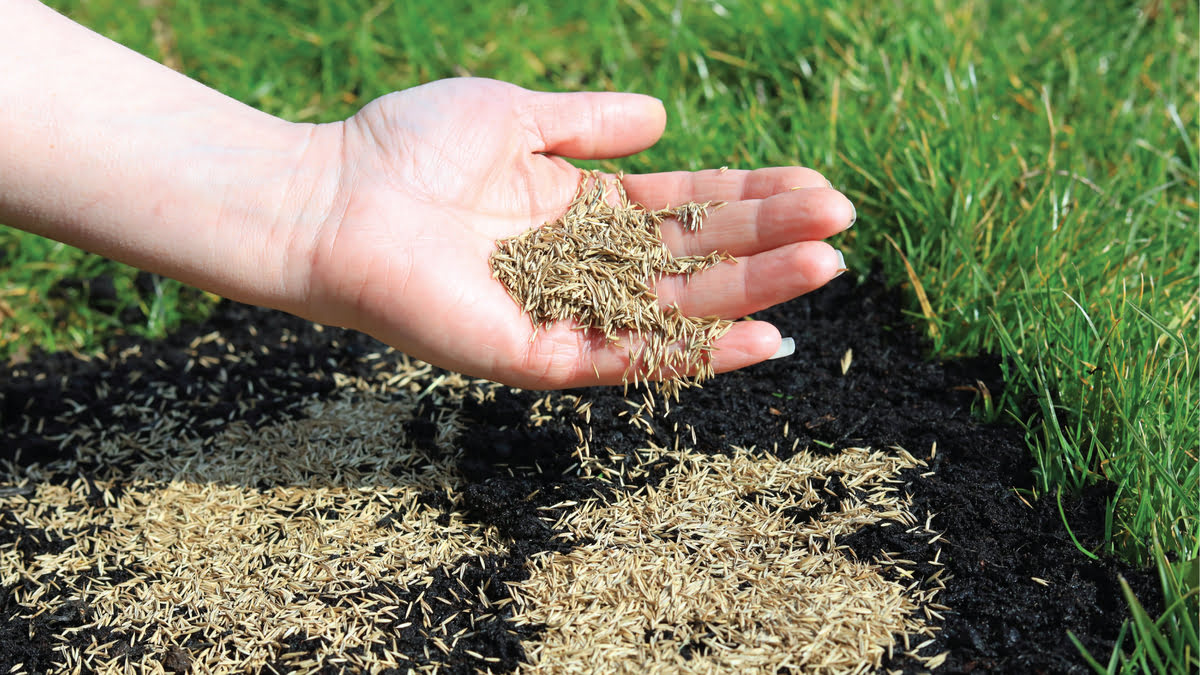

Landscaping Ideas
How To Overseed Grass Seed
Modified: March 21, 2024
Learn how to overseed grass seed and improve your lawn with our expert landscaping ideas. Discover the best practices for successful overseeding.
(Many of the links in this article redirect to a specific reviewed product. Your purchase of these products through affiliate links helps to generate commission for Storables.com, at no extra cost. Learn more)
Introduction
Are you looking to breathe new life into your lawn and achieve a lush, vibrant carpet of grass? If so, overseeding might just be the solution you've been seeking. This transformative technique can revitalize your lawn, filling in patchy areas, improving overall density, and enhancing the resilience of your grass. In this comprehensive guide, we will delve into the art of overseeding, exploring the essential steps and considerations to ensure a successful outcome.
Overseeding is a fundamental practice for maintaining a healthy and attractive lawn. Whether your goal is to repair damage from pests, diseases, or harsh weather, or simply to bolster the visual appeal of your outdoor space, overseeding can work wonders. By introducing new grass seed to an existing lawn, you can infuse it with fresh vitality, leading to a thicker, more resilient turf that is better equipped to withstand the rigors of everyday use.
In the sections that follow, we will cover everything you need to know about overseeding, from understanding the process and selecting the right grass seed to preparing your lawn, executing the overseeding, and caring for the newly sown grass. By the end of this guide, you will be equipped with the knowledge and confidence to embark on your own overseeding project, transforming your lawn into a verdant oasis that will be the envy of the neighborhood. So, let's roll up our sleeves and get ready to breathe new life into your lawn through the art of overseeding.
Key Takeaways:
- Overseeding your lawn with the right grass seed can fill in patchy areas, improve density, and make your grass more resilient, leading to a lush and attractive lawn.
- Before overseeding, prepare your lawn by addressing soil compaction, thatch buildup, and weed issues. Carefully water, fertilize, and maintain the newly sown grass for a vibrant and enduring lawn.
Read more: How To Overseed Bahia Grass In Florida
Understanding Overseeding
Overseeding is a horticultural practice that involves sowing grass seed directly into an existing lawn. This process is particularly beneficial for rejuvenating lawns that have become thin, patchy, or lackluster over time. By introducing new grass seed to the existing turf, overseeding serves to enhance the density and vitality of the lawn, resulting in a more resilient and visually appealing expanse of grass.
There are several key benefits to overseeding. Firstly, it can help fill in bare or thinning areas, effectively addressing patchy or uneven growth. This is especially useful for lawns that have been subjected to heavy foot traffic, pet activity, or adverse weather conditions, which can lead to worn and depleted patches. Additionally, overseeding can introduce new grass varieties that are better suited to the specific conditions of your lawn, such as shade tolerance or disease resistance. This diversity can bolster the overall health and longevity of the turf.
Moreover, overseeding can contribute to the suppression of weeds by crowding them out with healthy, dense grass growth. This natural weed control method can reduce the need for chemical herbicides, promoting a more environmentally friendly approach to lawn care. Furthermore, overseeding can improve the lawn’s ability to withstand pests, diseases, and environmental stressors, creating a more robust and resilient turf.
It’s important to note that overseeding is not a one-size-fits-all solution. The success of the process depends on various factors, including the selection of the appropriate grass seed, the condition of the existing lawn, and the proper execution of the overseeding procedure. Understanding these elements and tailoring the overseeding approach to suit the specific needs of your lawn is crucial for achieving optimal results.
By grasping the fundamentals of overseeding and its potential advantages, you can embark on this transformative journey with confidence, knowing that you are taking proactive steps to rejuvenate and fortify your lawn. The next step in this journey is selecting the right grass seed for your overseeding project, a decision that will significantly influence the outcome of the endeavor.
Choosing the Right Grass Seed
When it comes to overseeding, selecting the right grass seed is a pivotal decision that can significantly impact the success of the project. The ideal grass seed for overseeding should align with the specific conditions of your lawn, such as sunlight exposure, soil type, and climate. Additionally, considering factors like intended use, maintenance preferences, and aesthetic preferences can help guide your selection process.
Before delving into the myriad options available, it’s essential to assess the existing grass species in your lawn. Identifying the predominant grass type can inform your choice of overseeding seed, ensuring compatibility and a cohesive overall appearance. If uncertain about the current grass species, consider seeking professional assistance to accurately determine the existing turf composition.
When browsing for grass seed, you will encounter a diverse array of options, each tailored to different needs and conditions. For areas with ample sunlight, warm-season grasses like Bermuda, Zoysia, or Bahia may be suitable choices, offering excellent heat tolerance and vibrant green hues. In contrast, shady areas may benefit from cool-season grasses like Fine Fescue, Kentucky Bluegrass, or Creeping Red Fescue, which thrive in lower light conditions.
Soil type is another crucial factor to consider. If your lawn features sandy soil, opt for grass seed varieties known for their drought tolerance and adaptability to well-draining substrates, such as Tall Fescue or Buffalograss. Conversely, for clay-rich soils, consider species like Perennial Ryegrass or Kentucky Bluegrass, which exhibit resilience in such conditions.
Climate plays a pivotal role in determining the most suitable grass seed for your overseeding project. For regions with cold winters and hot summers, cool-season grasses like Perennial Ryegrass, Fine Fescue, and Kentucky Bluegrass are viable options. In contrast, warm-season grasses like Zoysia, Bermuda, and Centipede thrive in areas with scorching summers and mild winters.
Considering your lawn’s specific needs, such as high-traffic areas, pet use, or drought-prone regions, can further refine your selection. For instance, for lawns frequented by children or pets, durable grass varieties like Tall Fescue or Perennial Ryegrass may be preferable due to their robust nature and ability to withstand heavy use.
By carefully evaluating the unique characteristics of your lawn and considering the diverse array of grass seed options available, you can make an informed decision that aligns with your lawn’s specific requirements. Armed with the knowledge of selecting the right grass seed, you are now poised to prepare your lawn for the transformative process of overseeding.
Preparing Your Lawn for Overseeding
Before embarking on the overseeding process, it’s crucial to prepare your lawn to create an optimal environment for the new grass seed to take root and thrive. This preparation involves several key steps that are instrumental in maximizing the success of the overseeding endeavor.
The first step in preparing your lawn for overseeding is to assess its current condition. This evaluation can help identify any underlying issues that may hinder the germination and establishment of the new grass seed. Look for areas of compacted soil, excessive thatch buildup, or poor drainage, as these factors can impede the growth of the new grass.
To address compacted soil, consider aerating the lawn to alleviate soil compaction and enhance air, water, and nutrient penetration to the root zone. Core aeration, in particular, can effectively loosen compacted soil by removing small plugs of earth, promoting a healthier growing environment for the new grass seed.
Thatch, a layer of dead grass and organic matter that accumulates on the soil surface, can inhibit the successful establishment of new grass seed. Prior to overseeding, dethatching the lawn can help remove this barrier and create a more favorable setting for the incoming grass seed to germinate and develop.
Furthermore, addressing any existing weed issues is essential to prevent competition for resources and space. Prior to overseeding, consider applying a targeted herbicide to eliminate weeds and create a clear canvas for the new grass seed. Alternatively, manual removal of weeds can be undertaken, ensuring that the area is free from unwanted vegetation that could hinder the overseeding process.
Once the lawn has been aerated, dethatched, and cleared of weeds, it’s time to consider soil amendments. Conduct a soil test to evaluate the pH and nutrient levels, and based on the results, make any necessary adjustments to optimize the soil for overseeding. Adding organic matter, such as compost or well-decomposed manure, can improve soil structure and fertility, providing an ideal bed for the new grass seed.
Finally, ensure that the soil surface is adequately prepared for overseeding by raking it to create a loose, level seedbed. This step facilitates good seed-to-soil contact, a critical factor in promoting germination and establishment. By diligently preparing your lawn for overseeding, you are laying the groundwork for a successful transformation, setting the stage for the next phase: the actual overseeding process.
When overseeding grass seed, make sure to prepare the soil by raking away debris and loosening the top layer. Spread the seed evenly and lightly rake it into the soil for good seed-to-soil contact. Keep the area consistently moist for the best germination.
Overseeding Your Lawn
With your lawn meticulously prepared for overseeding, it’s time to embark on the transformative process of sowing new grass seed. This pivotal step involves a series of considerations and techniques aimed at ensuring the successful establishment of the new grass and the rejuvenation of your lawn.
Before overseeding, carefully select a high-quality grass seed that aligns with the specific needs and conditions of your lawn, as discussed in the previous section. Once you have the appropriate grass seed in hand, determine the optimal time for overseeding based on the grass species and local climate. Cool-season grasses are typically overseeded in early fall, while warm-season varieties are best overseeded in late spring to early summer.
To evenly distribute the grass seed across the lawn, consider using a broadcast spreader, which can help achieve uniform coverage and prevent over-seeding in certain areas. Adjust the spreader settings according to the recommended seeding rate for the chosen grass species, ensuring that the seed is dispersed evenly and at the appropriate density.
Prior to overseeding, mow the existing grass to a height that allows the new seed to reach the soil surface. Aim for a mowing height that is slightly lower than usual to enhance seed-to-soil contact and facilitate the germination process. After mowing, remove any debris or thatch to create a clean and receptive seedbed.
Once the lawn is prepared and the grass seed is ready for sowing, proceed to broadcast the seed evenly across the entire lawn, making multiple passes in different directions to achieve comprehensive coverage. After seeding, gently rake the soil surface to ensure good seed-to-soil contact, which is essential for successful germination and establishment.
Following overseeding, it’s crucial to provide adequate moisture to support the germination and early growth of the new grass seed. Water the seeded area lightly and frequently, keeping the soil consistently moist but not waterlogged. This careful irrigation regimen can nurture the emerging grass seedlings and promote healthy establishment.
As the newly overseeded grass begins to germinate and grow, monitor the lawn closely to ensure that the soil remains consistently moist and that the young seedlings are thriving. Depending on the grass species and local conditions, the germination process may take several weeks, during which diligent care and attention are essential for fostering robust growth.
By meticulously executing the overseeding process and providing attentive care to the newly sown grass, you are fostering the rejuvenation of your lawn, setting the stage for a lush and revitalized expanse of grass. With the grass seed sown and the nurturing process underway, the next crucial phase is to care for the newly overseeded grass to ensure its continued health and vigor.
Caring for Newly Overseeded Grass
After the meticulous process of overseeding your lawn, it’s essential to provide attentive care to the newly sown grass to facilitate its successful establishment and robust growth. This phase of the overseeding journey involves a combination of diligent watering, strategic fertilization, and thoughtful maintenance practices to nurture the emerging grass seedlings and ensure their long-term vitality.
Watering is a critical aspect of caring for newly overseeded grass. To support the germination process and early growth, ensure that the seeded area remains consistently moist. A gentle and frequent watering regimen is recommended, aiming to keep the soil surface damp without allowing it to become waterlogged. As the grass seedlings begin to establish, gradually transition to deeper, less frequent watering to encourage stronger root development.
Strategic fertilization can further bolster the growth and resilience of the newly overseeded grass. Consider applying a high-phosphorus starter fertilizer shortly after overseeding to provide essential nutrients that promote root development and overall vigor. This targeted fertilization can fortify the young grass seedlings as they take root and initiate the growth process, setting the stage for a lush and resilient lawn.
Meticulous maintenance practices are instrumental in nurturing the newly sown grass and creating an environment conducive to healthy growth. Minimize foot traffic on the overseeded areas to prevent disruption of the delicate seedlings, and refrain from mowing until the new grass has reached a height of at least 3 inches. This allows the young grass to establish a robust root system and develop sufficient leaf area to support future growth.
As the newly overseeded grass begins to flourish, monitor the lawn closely for signs of stress, disease, or pest activity. Promptly address any issues that may arise, such as irregular growth patterns, discoloration, or unusual patches, to safeguard the health and vitality of the emerging grass. Additionally, maintain a vigilant eye for weed encroachment and promptly address any unwanted vegetation that may compete with the developing grass seedlings.
With meticulous care and attention, the newly overseeded grass will gradually mature into a lush and vibrant expanse of turf, revitalizing your lawn and enhancing its overall appeal. By providing the nurturing support that the emerging grass seedlings require, you are fostering the development of a resilient and verdant carpet of grass that will enrich your outdoor space for years to come.
As the newly overseeded grass takes root and flourishes, you can look forward to a revitalized lawn that exudes health, vibrancy, and enduring beauty. Through the combined efforts of overseeding, meticulous care, and thoughtful maintenance, you have embarked on a journey that will yield a lush and resilient lawn, transforming your outdoor space into a verdant oasis that invites relaxation, recreation, and natural splendor.
Conclusion
Embarking on the journey of overseeding your lawn is a transformative endeavor that can breathe new life into your outdoor space, revitalizing the appearance and health of your turf. By understanding the principles of overseeding, selecting the right grass seed, and meticulously preparing, executing, and caring for the overseeding process, you have taken proactive steps to rejuvenate your lawn and create a verdant oasis that will be the envy of the neighborhood.
Through the art of overseeding, you have embraced a holistic approach to lawn care, addressing issues of patchiness, wear, and lackluster growth with a proactive and sustainable solution. By introducing new grass seed to your existing lawn, you have fortified its density, resilience, and visual appeal, creating an inviting and lush carpet of grass that enhances the overall beauty of your outdoor environment.
As you witness the emergence and growth of the newly overseeded grass, you are nurturing the development of a resilient and vibrant lawn that will serve as a source of pride and enjoyment. The careful attention and diligent care you provide to the emerging grass seedlings are instrumental in fostering their long-term health and vitality, ensuring that your revitalized lawn thrives for years to come.
In the process of overseeding, you have not only rejuvenated your lawn but also embraced a sustainable and environmentally friendly approach to lawn care. By promoting the natural thickening and strengthening of your turf through overseeding, you have reduced the reliance on chemical treatments and minimized the need for extensive renovations, contributing to a healthier and more sustainable outdoor environment.
As you revel in the lushness and vibrancy of your newly overseeded lawn, take pride in the proactive steps you have taken to create a verdant and inviting outdoor space. Your dedication to the art of overseeding has yielded a transformative outcome, enriching your surroundings with the enduring beauty and resilience of a revitalized lawn.
With the knowledge and confidence gained from this comprehensive guide, you are well-equipped to embark on your own overseeding project, infusing your lawn with fresh vitality and enduring beauty. By embracing the principles of overseeding and nurturing the growth of the newly sown grass, you are fostering the development of a resilient and lush lawn that will enrich your outdoor space for years to come.
As you continue to care for and enjoy your revitalized lawn, may the lushness and vibrancy of the newly overseeded grass serve as a testament to the transformative power of overseeding, creating a welcoming and verdant outdoor haven that beckons relaxation, recreation, and natural splendor.
Frequently Asked Questions about How To Overseed Grass Seed
Was this page helpful?
At Storables.com, we guarantee accurate and reliable information. Our content, validated by Expert Board Contributors, is crafted following stringent Editorial Policies. We're committed to providing you with well-researched, expert-backed insights for all your informational needs.

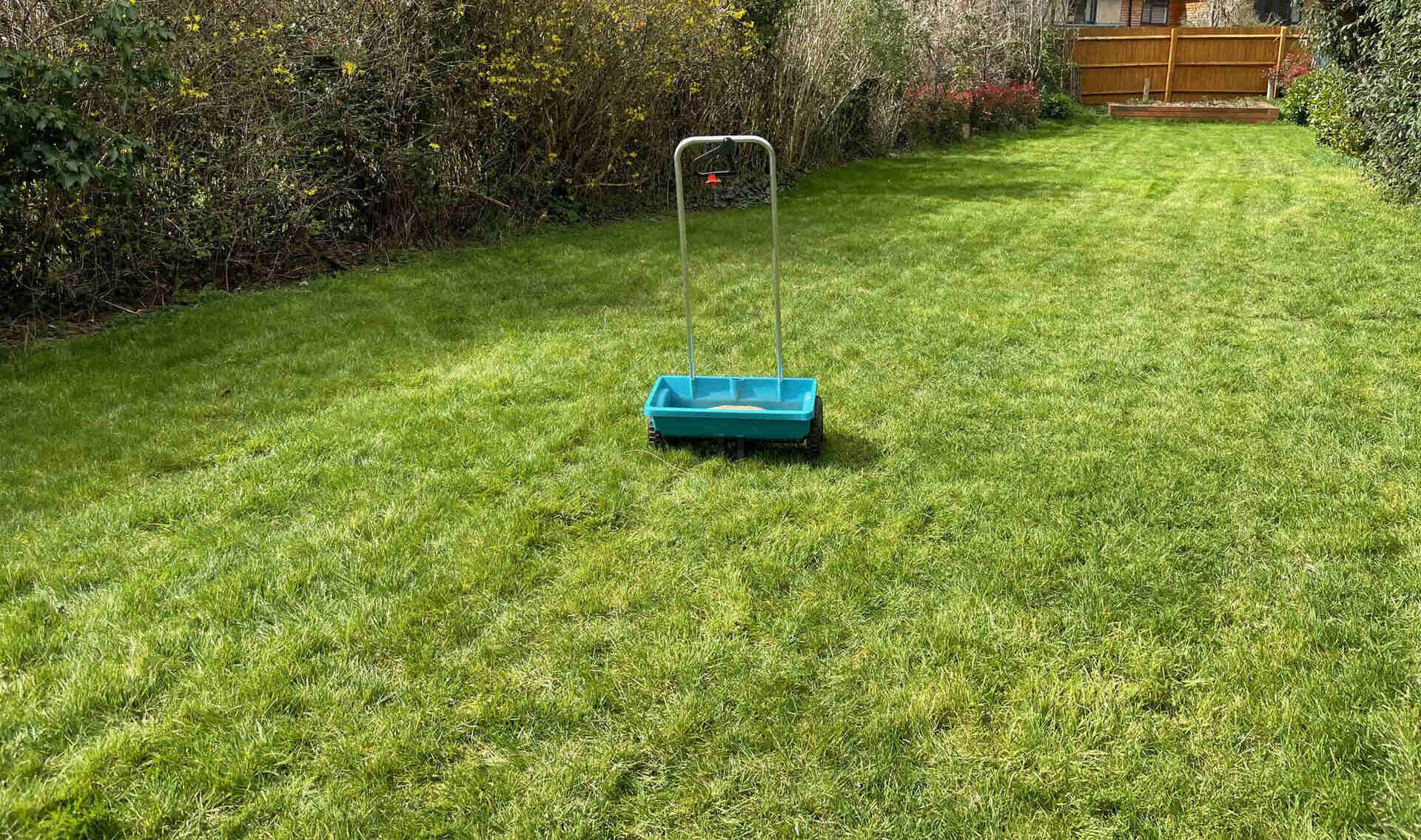
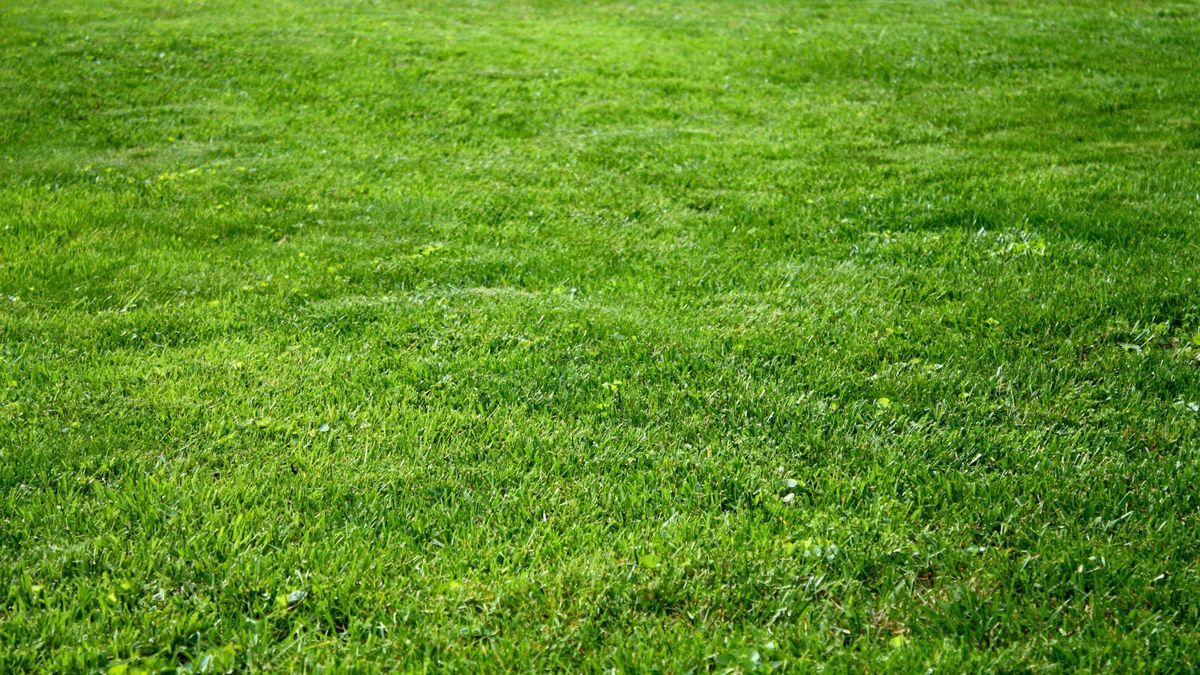
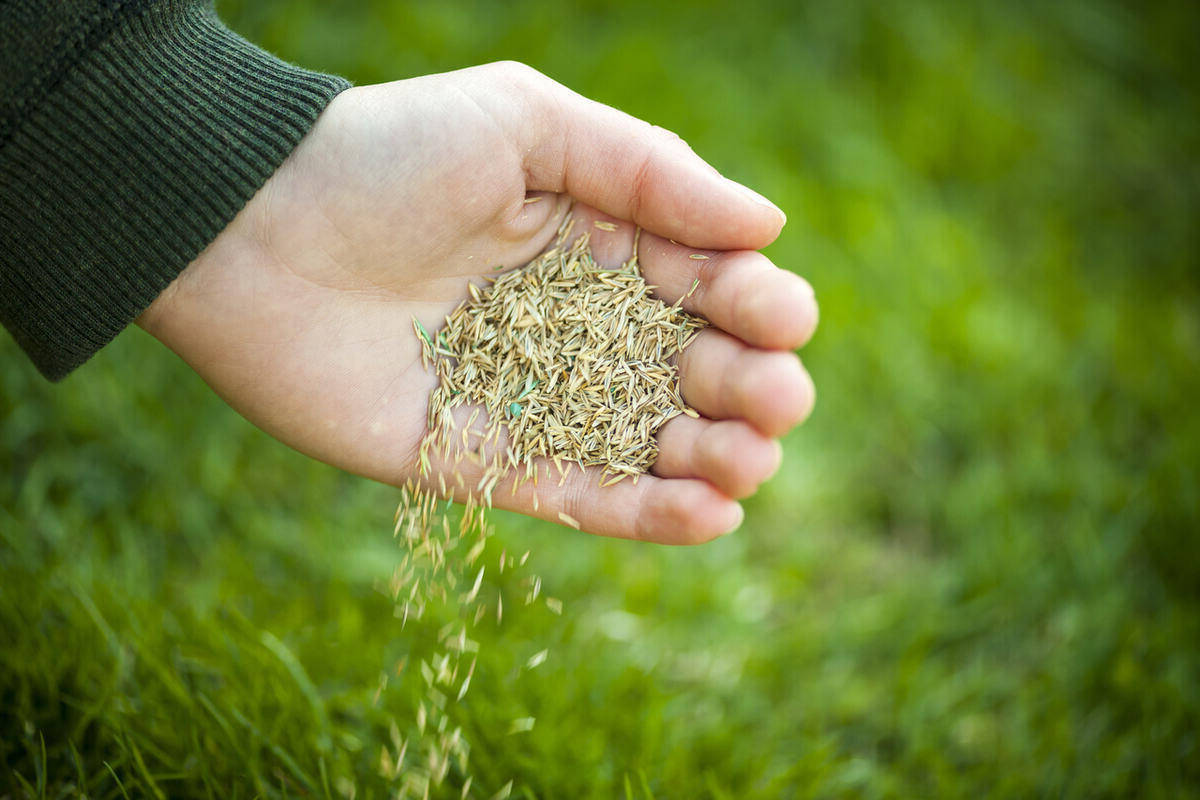
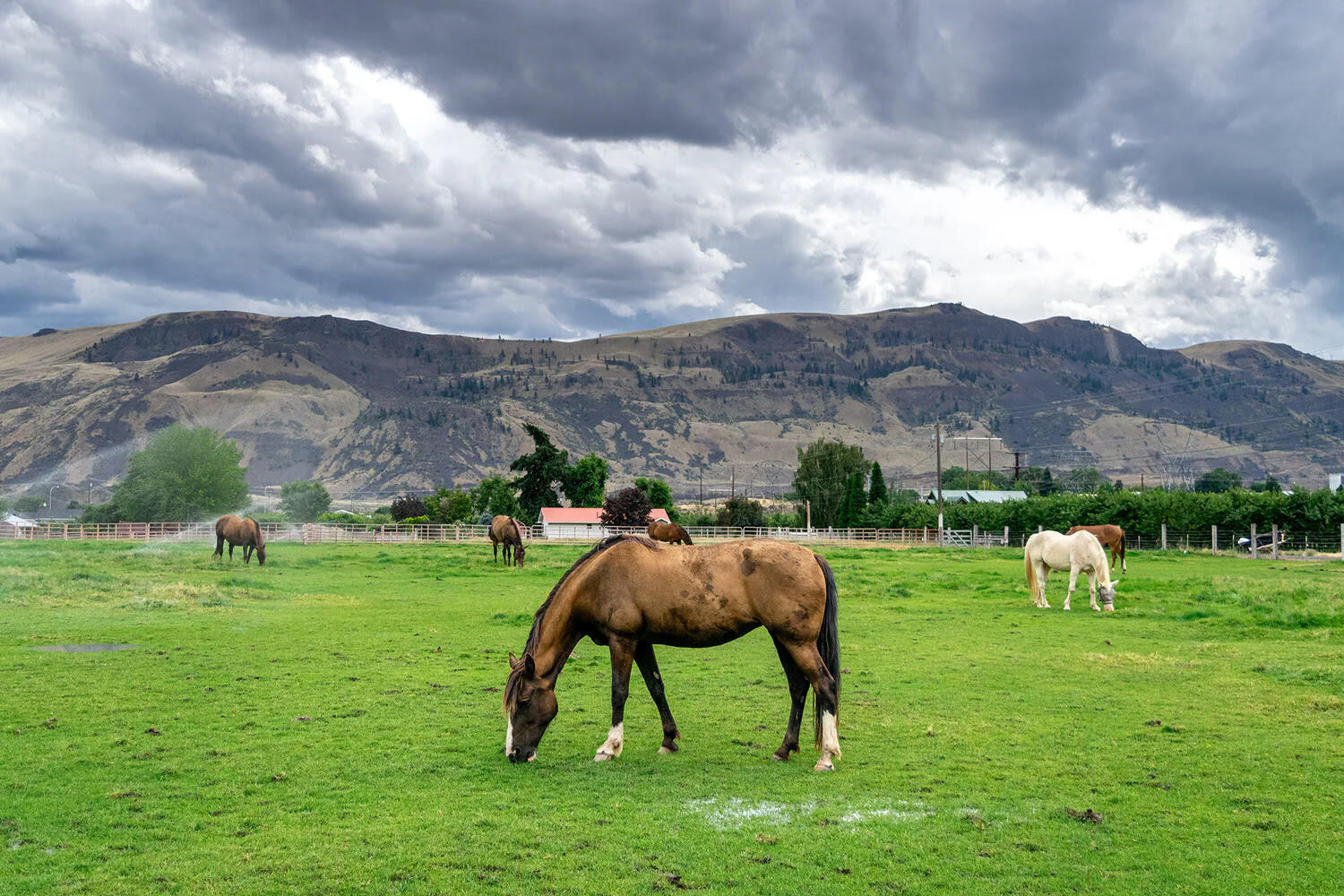
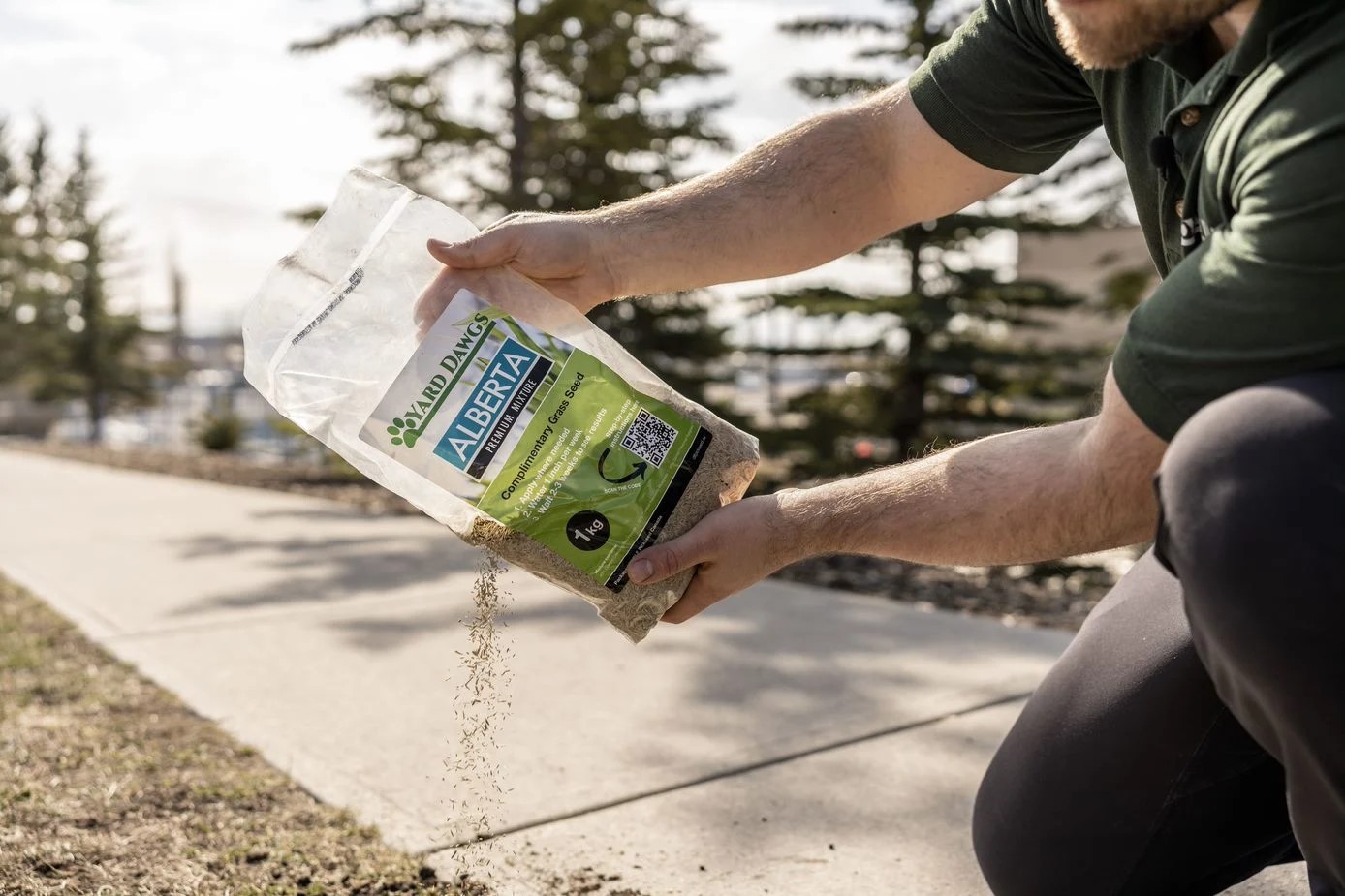
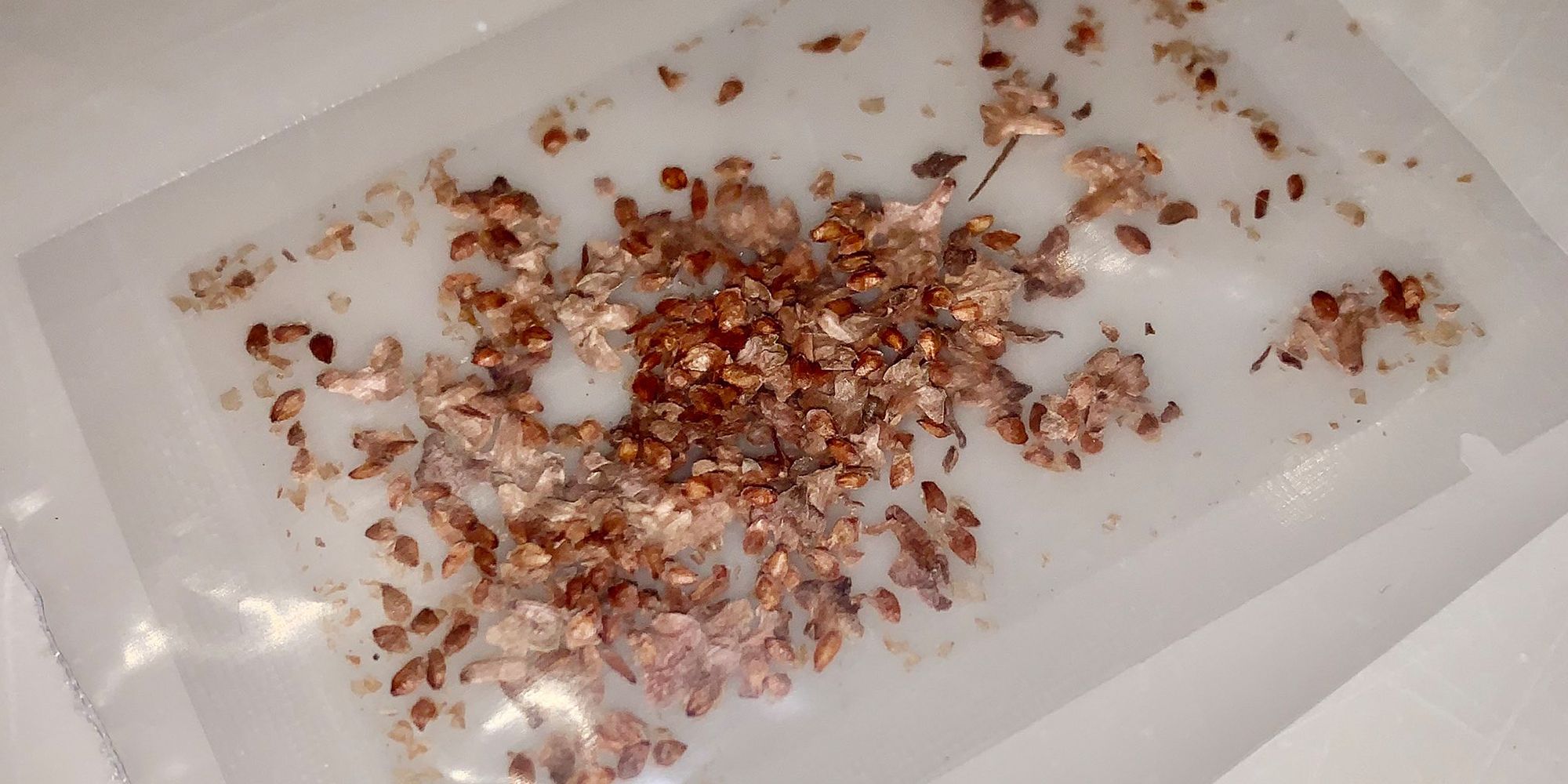
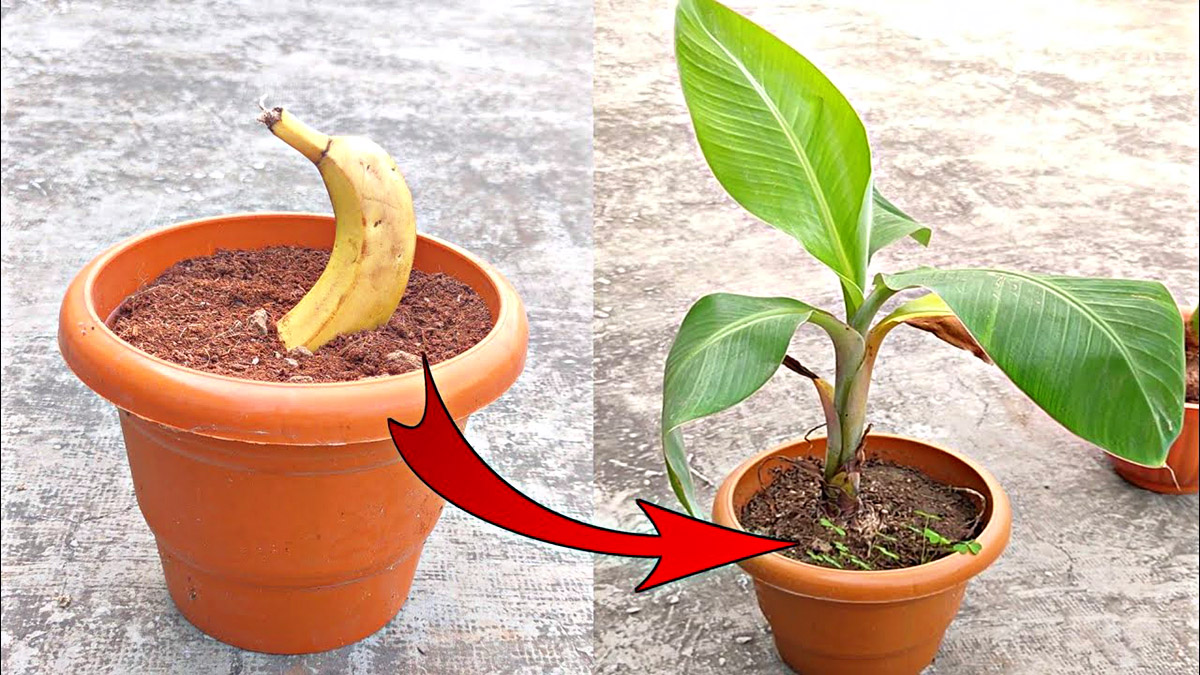
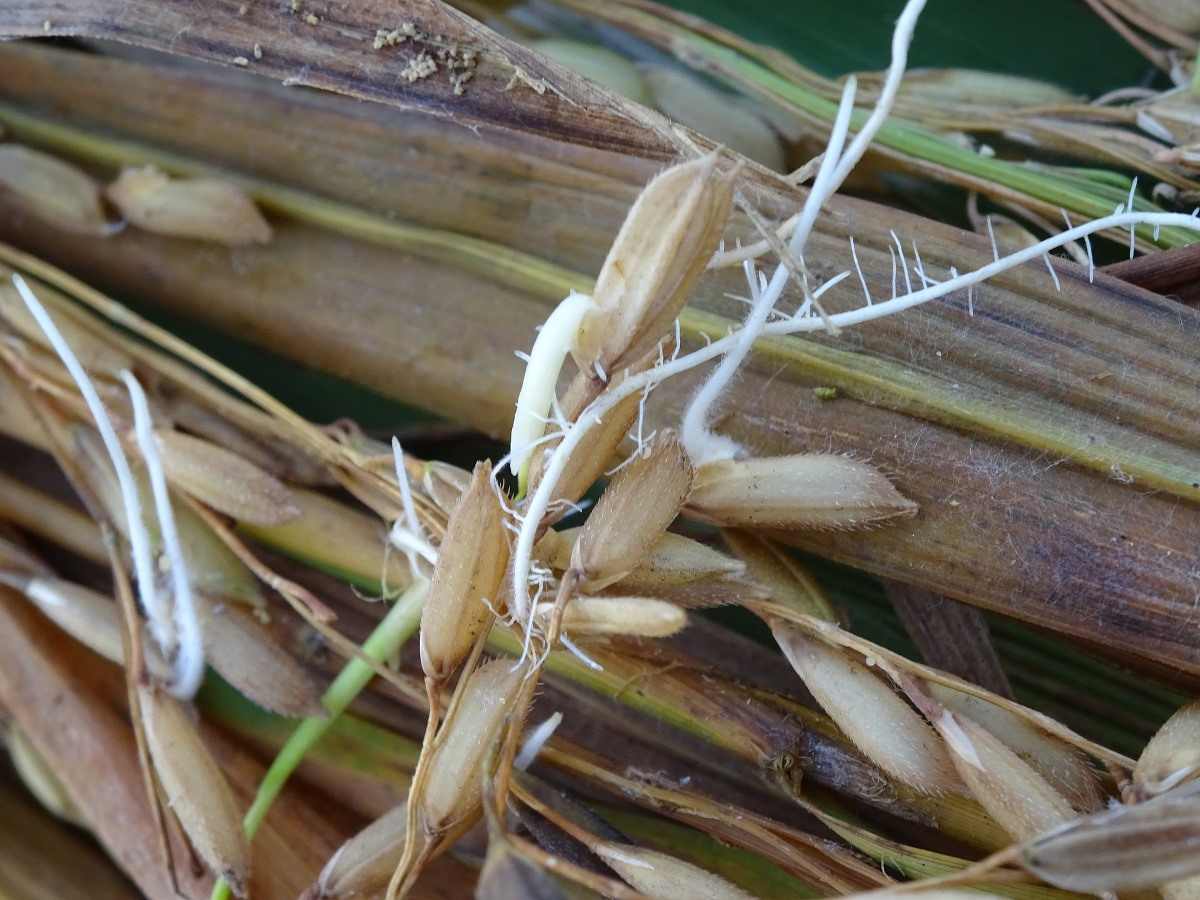


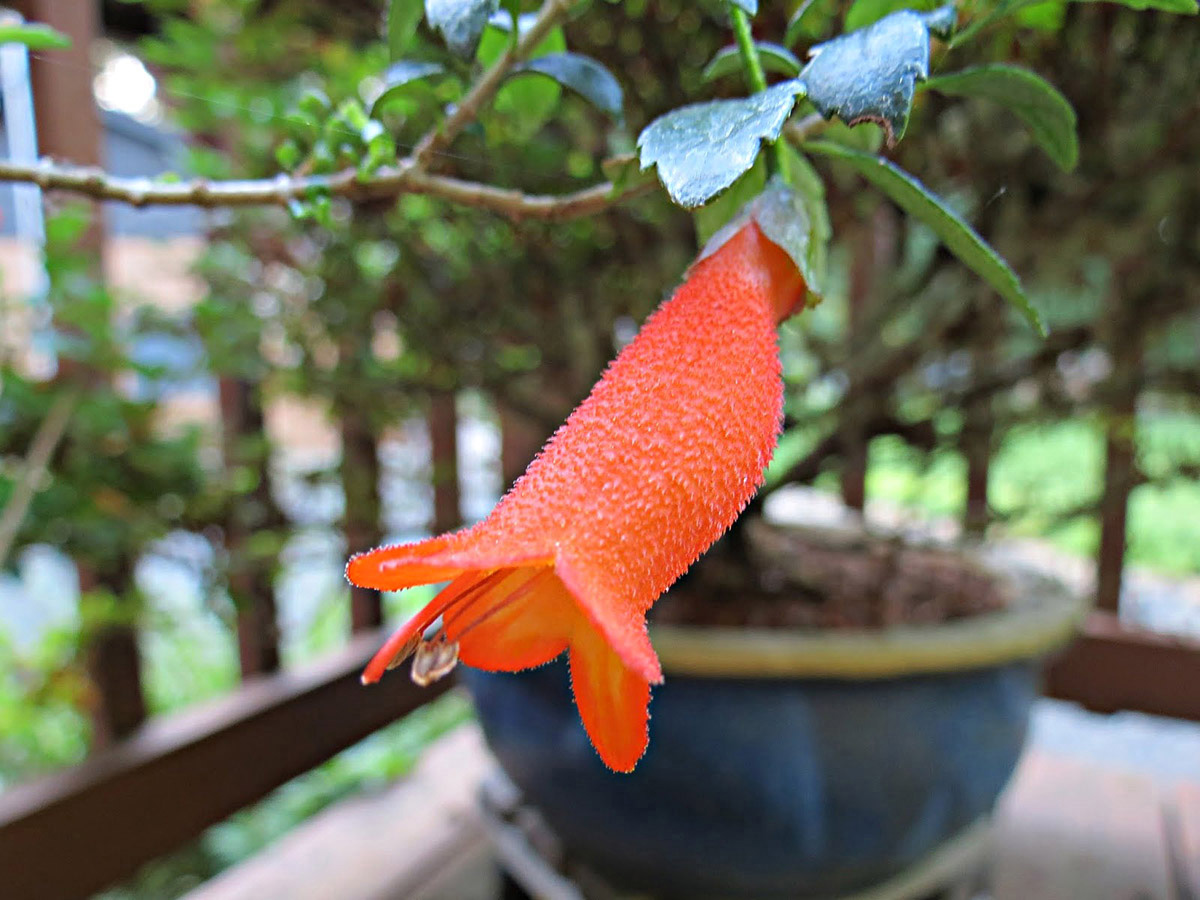
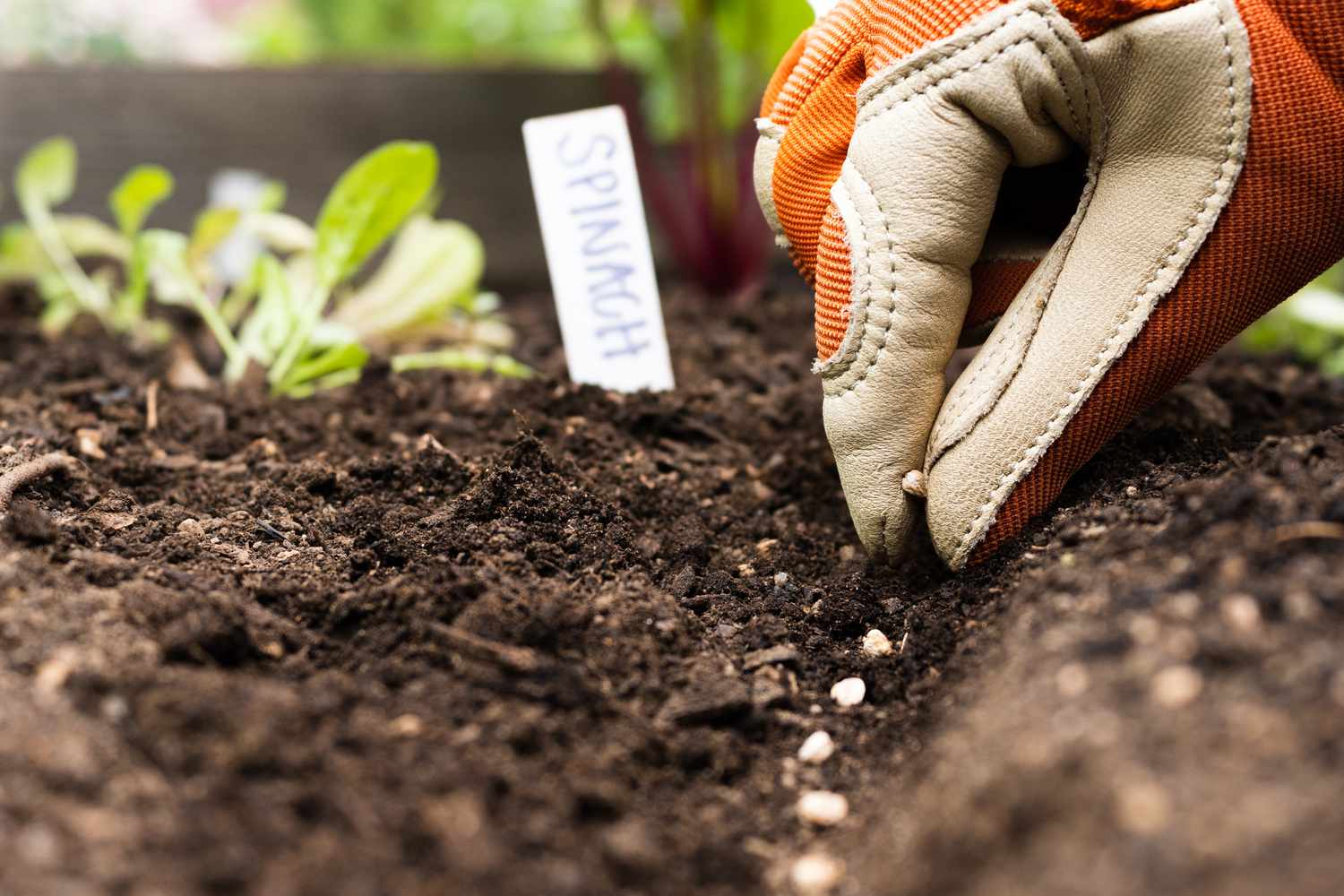


0 thoughts on “How To Overseed Grass Seed”